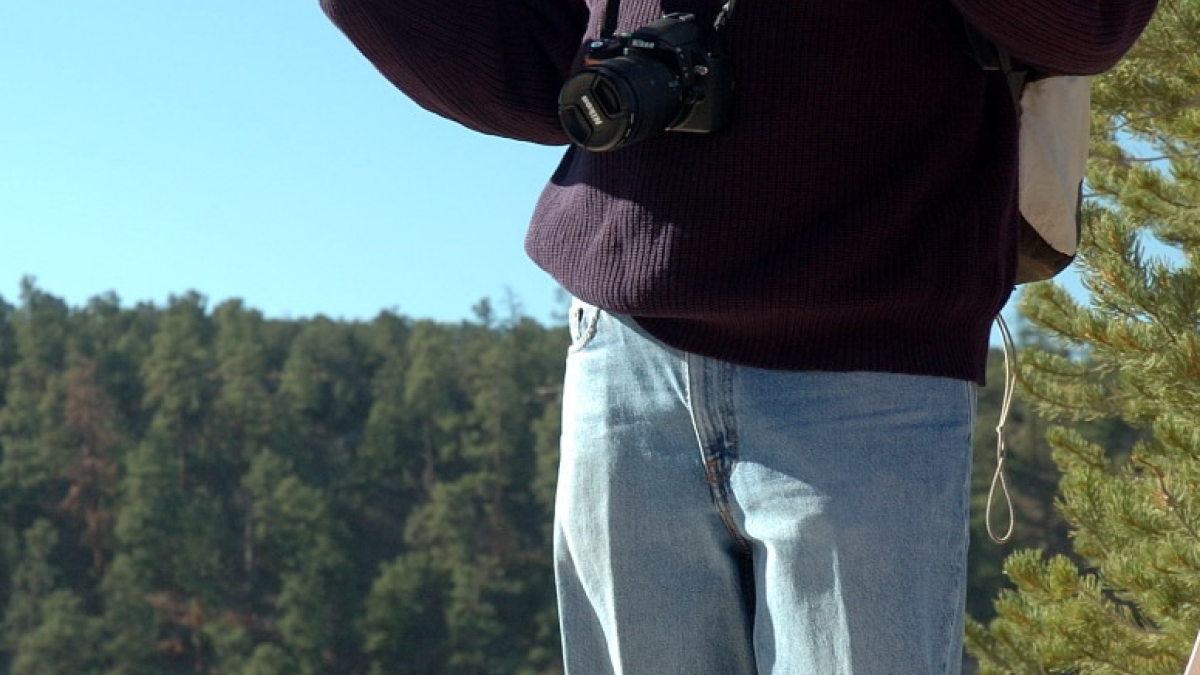ASU archaeologist outlines 25 defining challenges for the field

Increasingly, archaeology is being used as a tool for addressing real-world challenges by providing insights into areas such as how humans and their environments impact one another, why and how populations migrate and how societies arise and evolve.
Where the discipline of archaeology should place its focus in the coming years is the crux of a National Science Foundation-funded effort spearheaded by Arizona State University archaeology professor Keith Kintigh.
Kintigh helped lay out an intellectual agenda for archaeology that defines the field’s 25 major challenges. They were recently unveiled in the Proceedings of the National Academy of Sciences and American Antiquity.
The roots of this outcome date to a 2011 presentation Kintigh made to the Nation Science Foundation’s Directorate for Social, Behavioral and Economic Sciences Advisory Committee as a part of the their planning for new data and infrastructure activities.
Kintigh was awarded a grant to develop recommendations for investments in cyberinfrastructure that would enable transformative advances in the field of archaeology. The grant steering committee, led by Kintigh and including professor Ann Kinzig of the School of Life Sciences in the College of Liberal Arts and Sciences, immediately realized that in order to prioritize the proposed investments, it needed to identify the most important problems.
Part of the answer came from the team’s crowd-sourced endeavor to solicit challenges from professional archaeologists, internationally, in the academic, consulting and government sectors.
The committee members were then able to assemble a first-rate group of scholars to augment, vet and prioritize the crowd-sourced suggestions. The group developed the final challenges at a two-day, high-energy meeting at the Santa Fe Institute.
“Some people may be surprised to find that the big challenges are not about the earliest, the largest or the otherwise unique,” Kintigh says. “Instead, they have to do with understanding fundamental cultural processes and how human societies affect and are affected by their natural environments.”
Kintigh notes that the challenges are not exclusively archaeological, but are of interest to a broad range of scientists. Likewise, tackling them will often demand transdisciplinary efforts.
Of all fields, however, Kintigh believes that archaeology is uniquely positioned to look at processes that occur over centuries and to provide systematic data on a vast number of cultural sequences in a great diversity of environmental and cultural settings.
“Archaeology's long-term view is essential because we can examine problems that threatened ancient societies and see how they responded. We can also see how their solutions worked out in the short and the long run,” he states.
The themes of the grand challenges are Emergence, Communities and Complexity; Resilience, Persistence, Transformation and Collapse; Movement, Mobility and Migration; Cognition, Behavior and Identity; and Human-Environment Interactions.
Among the specific items are such timely issues as “How have human activities shaped Earth’s biological and physical systems, and when did humans become dominant drivers of these systems?” and “Why do market systems emerge, persist, evolve and, on occasion, fail?”
The grand challenges will demand new kinds of synthetic research that can draw on the results of many archaeological cases.
Explains Kintigh, “It seems to me the overarching question is how we actually effect this synthesis. I think we’ll be working that out as we try to address these problems over the next decade. We do know that it will require effective access to lots of data and an ability to meaningfully compare primary data that were collected using different recording schemes.”
He adds that the Digital Archaeological Record (tDAR), a digital repository for archaeological data and documents that was established here at ASU, will be part of the solution.
More than 10 years ago, ongoing research by School of Human Evolution and Social Change archaeology faculty pointed to the centrality of data integration and synthesis for answering the big questions. This recognition led to the development of tDAR, starting in 2006. This transdisciplinary effort was led by Kintigh and computer scientist Selçuk Candan in the School of Computing, Informatics and Decision Systems Engineering. Now, tDAR is a fully-operational digital repository.
Kintigh and his team are currently at work on a second report with recommendations for investments in cyberinfrastructure that can most effectively enable the investigation of the grand challenges.